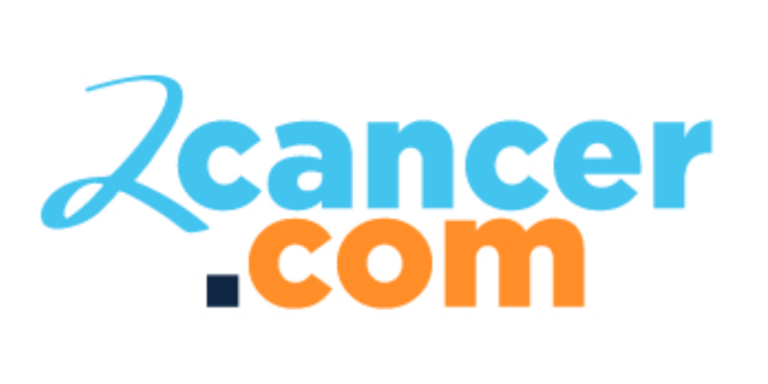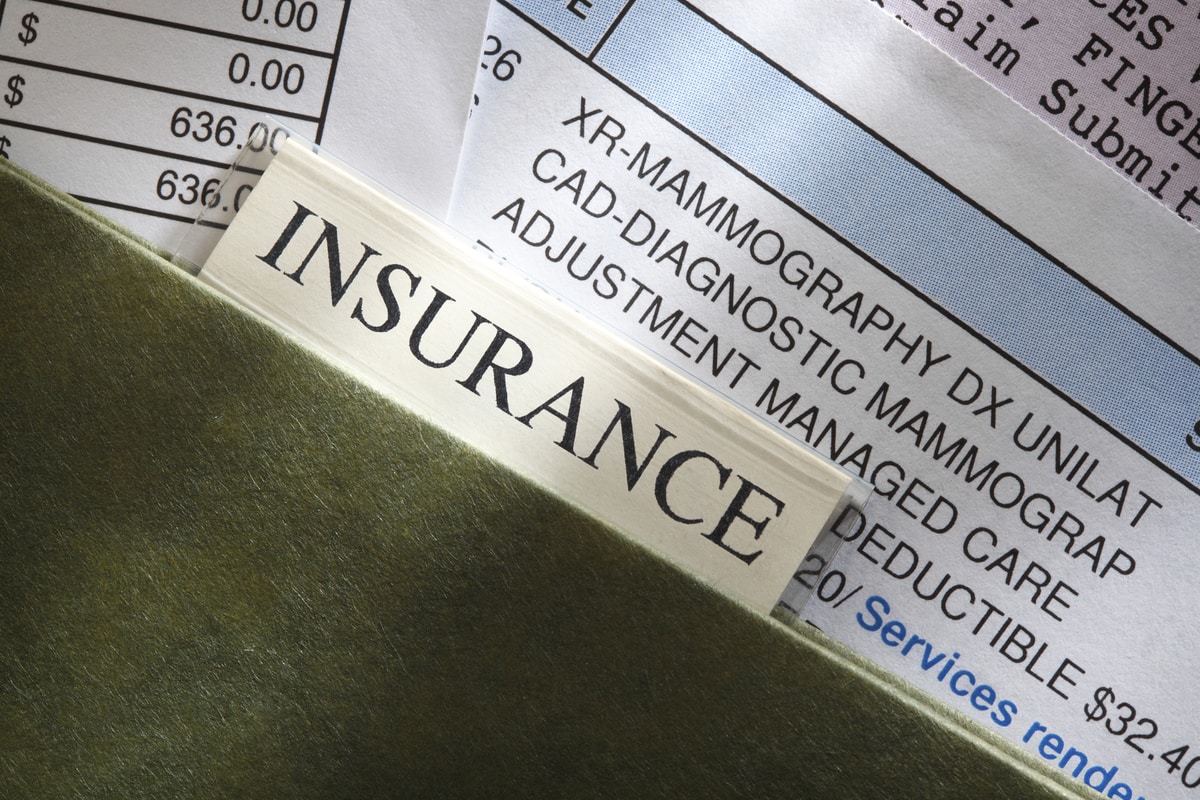The financial burden of cancer treatment is well documented. The reality is that too many cancer patients openly question whether the cost to stay alive is worth the financial hardship that too often accompanies fighting for your life.
In 2018, the President’s Cancer Panel released its latest report: Promoting Value, Affordability, and Innovation in Cancer Drug Treatment. [1] It is a moonshot, similar to President John Kennedy’s desire to put a man on the moon by the end of the 1960s. The United States was able to do that. It remains to be seen if the U.S. can curb the cost of cancer treatment.
The panel’s research noted 90% of Americans say cancer drugs are too expensive. Most new cancer drugs are priced higher than $100,000 per patient per year. This leads to financial toxicity – having to pay for more medical care than you can afford – that affects the patients’ well-being, including shortened survival, skipped medication doses, and debt via depleted savings and even bankruptcy.
In the 10 years between 1995 and 2014, there was a dramatic increase in the price of new cancer drugs. Most treatments launched between 2009 and ’14 were more than $100,000 per patient for a year’s worth of therapy. Recently, launch prices of new cancer drugs have topped $400,000 for a year of treatment.
Moreover, nearly 66% of cancer patients express interest in talking with their doctors about the costs associated with cancer treatments. However, less than half of oncologists and 27% of cancer patients report having had cost-related discussions.
Value and affordability of cancer drugs
So, what’s next? What will be the rocket booster that gets us into the next orbit of addressing the cost of cancer treatments?
The panel listed six critical actions to maximize the value and affordability of cancer drugs and to support investments in science and research to drive innovation:
- Promote value-based pricing and use.
- Enable communication about treatment options and costs.
- Minimize contributions of drug costs to financial toxicity.
- Stimulate generic and biosimilar market competition.
- Ensure adequate resources for the U.S. Food and Drug Administration (FDA).
- Invest in biomedical research.
Medicare Part D is not going to be a saving grace. These plans differ in the drugs on their formularies, their use of formulary tiers, and the level and structure of cost sharing.
The Kaiser Family Foundation reports that Part D enrollees can expect to pay thousands of dollars out of pocket for a single specialty drug, even after their costs exceed the catastrophic coverage threshold. [2] In fact, out-of-pocket costs are substantially higher – often 10 times or higher – for specialty drugs not listed on formulary by a Part D plan.
After adjusting for inflation, injectable drug costs continue to rise after launch. For example:
- Arranon (nelarabine) – average cost $18,513 a month when approved in 2005 and has gone up 55%.
- Herceptin (trastuzumab) – average cost $3,476 a month when approved in 2006 and has gone up 44%.
- Folotyn (pralatrexate) – average cost $31,684 a month when approved in 2009 and has gone up 31%.
- Adcetris (brentuximab) – average cost $19,482 a month when approved in 2011 and has gone up 29%.
- Alimta (pemetrexed) – average cost $5,026 a month when approved in 2004 and has gone up 27%.
Can you afford to save your life?
A study by Northwestern Medicine and the University of Michigan examined the long-term effects of a significant financial loss. [4] The study, published in JAMA, found that people who lose 75 percent or more of their wealth after age 50 were 50% more likely to die within 20 years than those whose financial picture stayed more stable.
“These people suffer a mental health toll because of the financial loss, as well as pulling back from medical care because they can’t afford it,” said lead author Lindsay Pool.
Pool, a research assistant professor of preventive medicine at Northwestern, added: “The most surprising finding was that having wealth and losing it is almost as bad for your life expectancy as never having wealth.”
Bottom line: Your financial situation may dictate your decisions regarding cancer treatments. In turn, if your cancer treatments cause financial hardship, it may affect your overall health. It is the perfect storm for a vicious circle of questioning yourself while trying to save your life.
Citations:
(1) Barbara K. Rimer, Dr.P.H. The Imperative of Addressing Cancer Drug Costs and Value. https://www.cancer.gov/news-events/cancer-currents-blog/2018/presidents-cancer-panel-drug-prices
(2) Jack Hoadley, Juliette Cubanski, Tricia Neuman. It Pays to Shop: Variation in Out-of-Pocket Costs for Medicare Part D Enrollees in 2016. https://www.kff.org/medicare/issue-brief/it-pays-to-shop-variation-in-out-of-pocket-costs-for-medicare-part-d-enrollees-in-2016/
(3) Stacy Simon. Study Shows US Cancer Drug Costs Increasing Despite Competition. https://www.cancer.org/latest-news/study-shows-us-cancer-drug-costs-increasing-despite-competition.htm.
(4) Lindsay R. Pool, Ph.D.; Sarah A. Burgard, Ph.D.; Belinda L. Needham, Ph.D.; et al. Association of a Negative Wealth Shock With All-Cause Mortality in Middle-aged and Older Adults in the United States. https://jamanetwork.com/journals/jama/fullarticle/2677445

